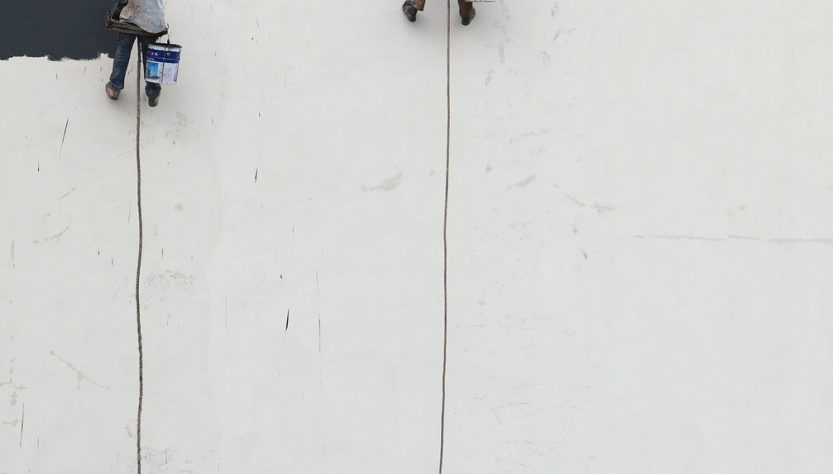Do you have a soft spot for whitewash furniture? The look just allows the beauty of the wood to shine through, and still brightens the piece up. The way to whitewash is just so simple, and once you know how to do it, then you will be whitewashing everything including stains in your home.
Whitewashing is very simple and allows you to customize the look that you are trying to achieve. You are only focusing on a couple of steps to create a beautiful finish.
- First, stain the wood, or you can leave it raw if you prefer a lighter finish
- Now you need to mix two equal parts of white flat or matt whatever you choose with 1 part of water.
- You can brush on the paint/water mix but ensure that you are going with the grain of the wood.
- Use a clean rag to wipe off some of the wood again in the direction of the grain.
That is all that is to the process, but mistakes are bound to happen along the way, so here are a few tips that can help you to achieve the perfect whitewash look.
You can whitewash any sort of unfinished wood and stains on them. It can be weathered, stained, rustic but steer clear of the shiny finish. The paint will just slide over and won’t penetrate the wood grain, which is what gives a weathered look. Some people prefer to stain the wood as it will add highlights to the different wood variations. Going for a dark mahogany type of stain works well when you are whitewashing antique furniture. If you want a more whitewash weathered beachy look, then you need to use a grey coloured stain underneath.

You can change up the water ratio if you want a different look. If you want a lighter wash, then you need to add more water. If you’re going to go for an opaque look white with less wood underneath showing through then, you should consider adding more paint. You can experiment with it and see what ratio works for you.
It
is best to work with the grain for painting and sanding and ensure that you
finish the brushing on the whole thing all at once. For examples painting,
planks will need to finish painting the whole plank first before you wipe the
paint off.
Keep in mind that time will play a part in this process. The longer that the
paint remains of the wood before you wipe some of it off the whiter the look
will be. If you are quick to wipe it off, it means you are going to get more
flexibility in taking off the amount of paint that you are happy with. Do not
let the paint dry on the wood.
Whitewashing is something to play around with and experiment the different looks you can achieve with the different coloured stains and shades of white paints. Before you take on a piece of furniture, find some wood that is similar to the article and use that to trial what it may look like.
Don’t be afraid to see what you can create and even start with small antique pieces first until you get the gist of how to create the perfect whitewash finish.
Before you know it everything in your home from big pieces and small will be whitewashed.


